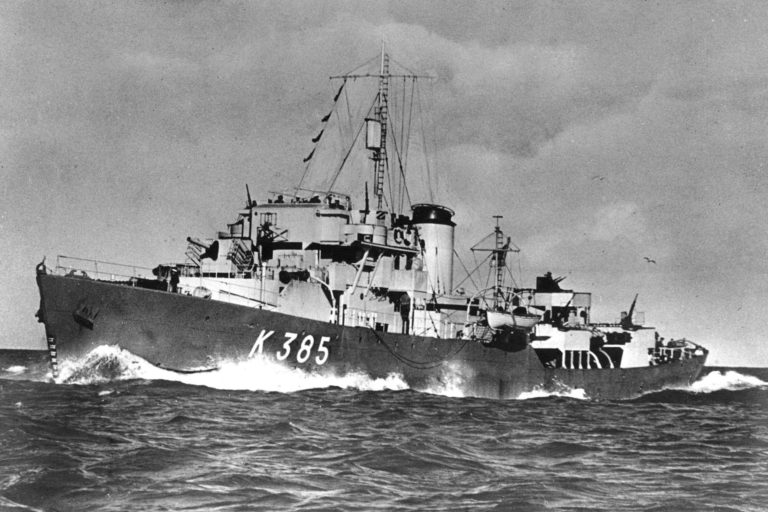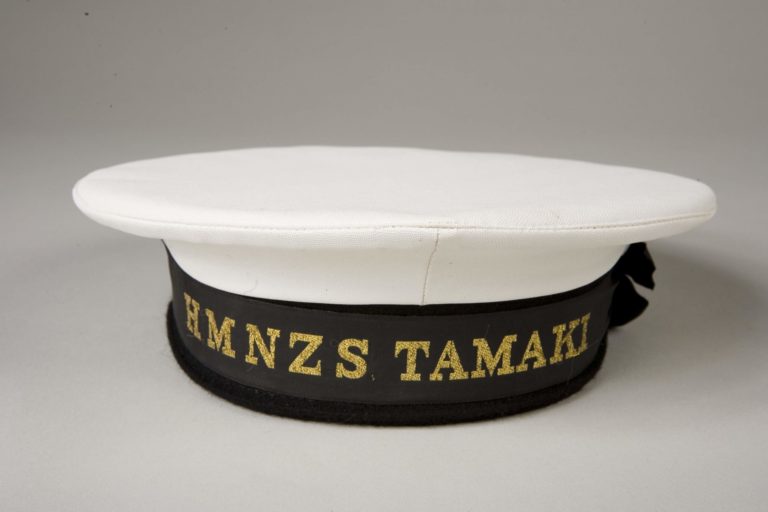The Commissioning Pennant
Except when replaced by a distinguishing flag, all ships in commission wear a small pennant known as a Commissioning Pennant, which also doubles as a Commanding Officer’s pennant. In this latter capacity it is similar to the Squadron Commander’s pennant in the Air Force. The Commissioning Pennant has its origin in the large pennant worn by the ‘Royal’ ships of Henry VIII. Later it became a form of Royal Standard and then became the distinguishing mark of the Admiral. As its use widened, it developed into a long, narrow pennant worn by all ships. The Commissioning Pennant is worn by both night and day, but is replaced a distinguishing flag, should a person entitled to wear one be embarked. A variation of the Commissioning Pennant is the Paying Off Pennant, used to indicate the fact that a ship is to be ‘paid off or decommissioned. This is an elongated Commissioning Pennant, the length of which is related to the duration of the commission, being the length of the ship plus an increment for each month over the normal length of the commission. Given that ships are now continuously in commission the old rules are somewhat impractical and pennant of inordinate length have been produced.
Distinguishing Flags
A distinguishing flag is a special flag which signals the presence of certain senior persons on board naval vessels. Distinguishing flags in the Royal New Zealand Navy generally follow those in use in the royal Navy, although there are certain significant differences. These flags are also used on cars, in addition to other distinguishing badges, for example star plates. Not all of those in use are covered here, but the more important and common are:
The Royal Standard
The Sovereign wears a personal standard when embarked in ships of the Royal New Zealand Navy. This standard is very old in origin, dating back to medieval times when the Royal Standard was the rallying point on the battlefield. For use in New Zealand the Sovereign has a special Standard, which although similar, is different to that used in other Commonwealth countries.
Other members of the Royal Family also have their personal standards:
The Flag Of His Excellency The Governor General
All Governors General in the Commonwealth are entitled to wear a personal flag, and this is worn when the Governor General is embarked in HMNZ Ships. The flag is similar to that used by other countries, featuring a central device on the fly of a lion surmounting a Royal Crown, but has the words “NEW ZEALAND” on a scroll beneath the central device. Prior to the introduction of this design the Governor General’s flag consisted of the Union Flag with the letters “NZ” within fern leaves in the centre.
Distinguishing Flags Of Command
Throughout the navies of the world flags are worn to distinguish the status of Senior Officers. Within the Royal New Zealand Navy this custom is maintained.
The Chief Of Defence Staff
When embarked in ships of the RNZN the Chief of Defence Staff flew a flag composed of colours representing the three services with the badge of Defence Headquarters superimposed. Note I do not know the current situation with the Chief of Defence Force.
The Chief Of Naval Staff
Although entitled to wear a flag by virtue of his rank, the Chief of Naval Staff has a personal flag. This flag is very old in origin although it has only been re-introduced in recent times. It is derived from the flag of the Lord High Admiral which came into use in the 17th Century. Since that time it has been used as the flag of the Admiralty, and with the establishment of the New Zealand Naval Board a variation was used by that body. With the abolition of the Naval Board in 1971, use of the flag lapsed, but was revived in 1981, for the use of the chief of Naval Staff.
Commodore’s Broad Pennant
Commodores in certain appointments are entitled to wear a broad pendant to signify the fact. Only one commodore in the RNZN is so entitled, the Maritime Commander, New Zealand, who wears his pendant in the Naval Base at Auckland. The pennant is identical to that of commodores in the Royal Navy.

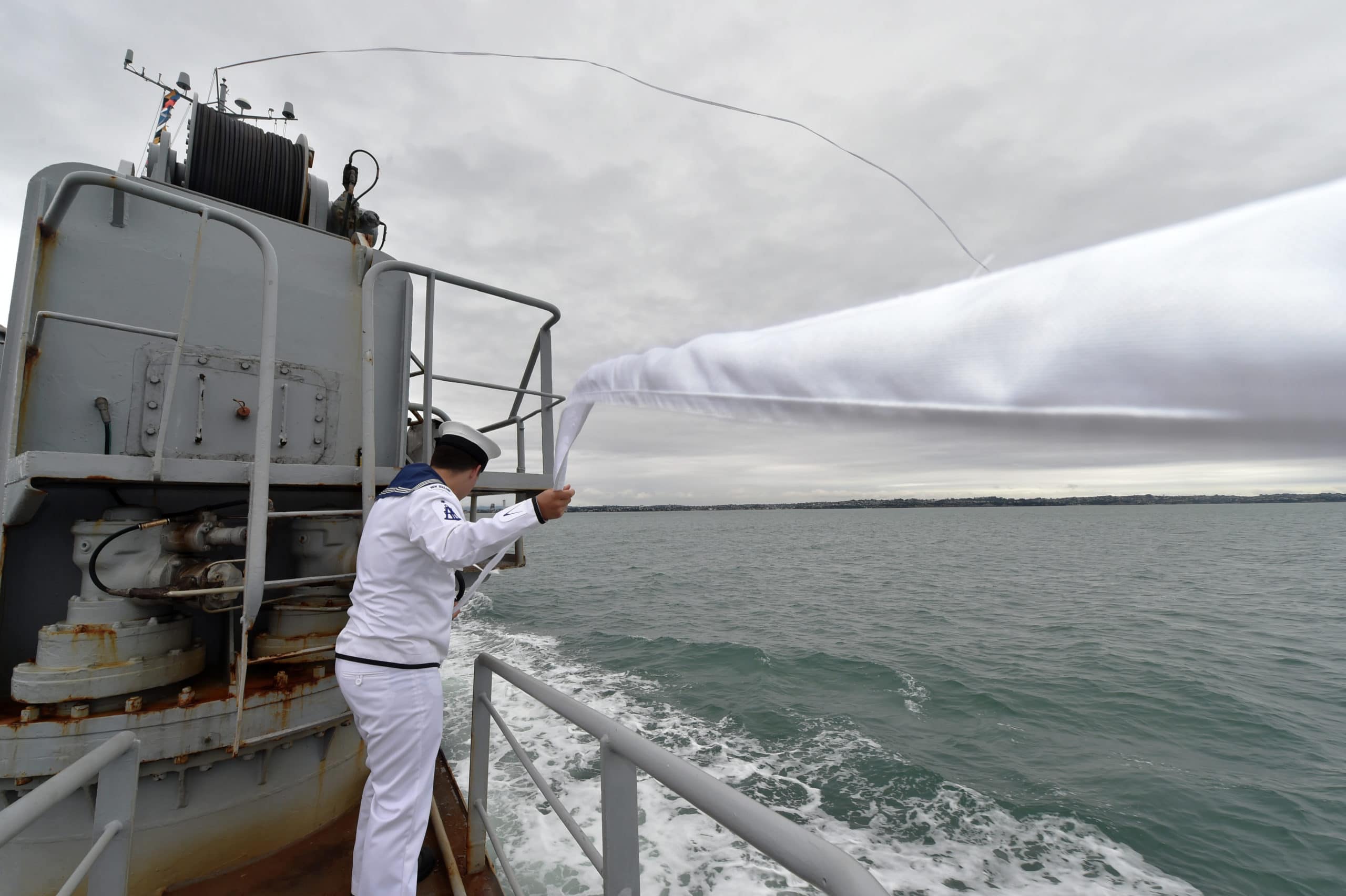


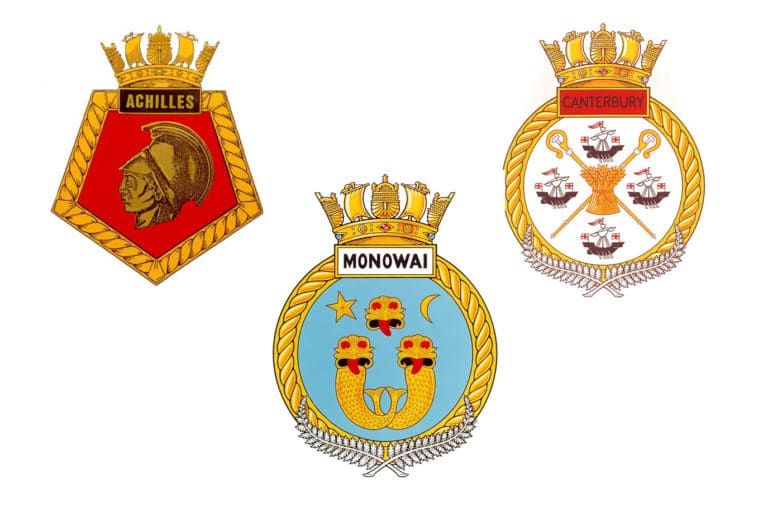
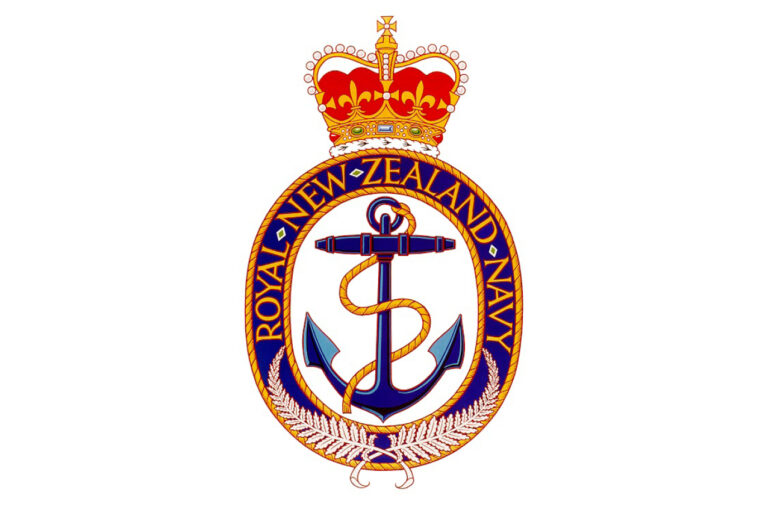
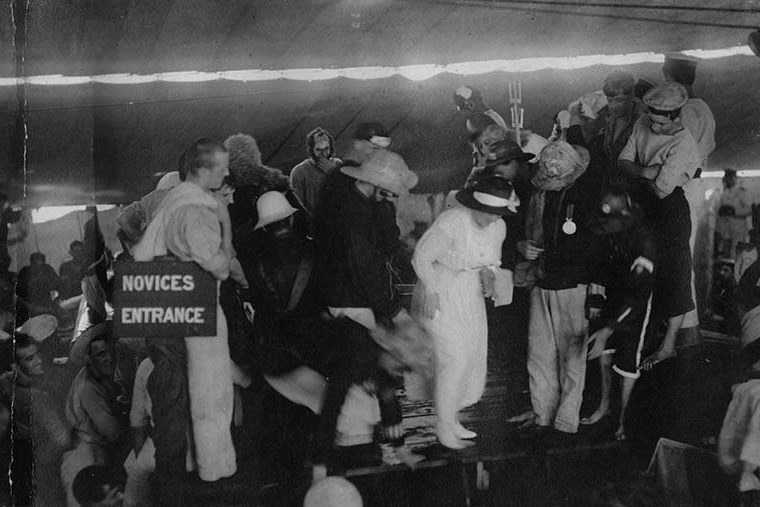

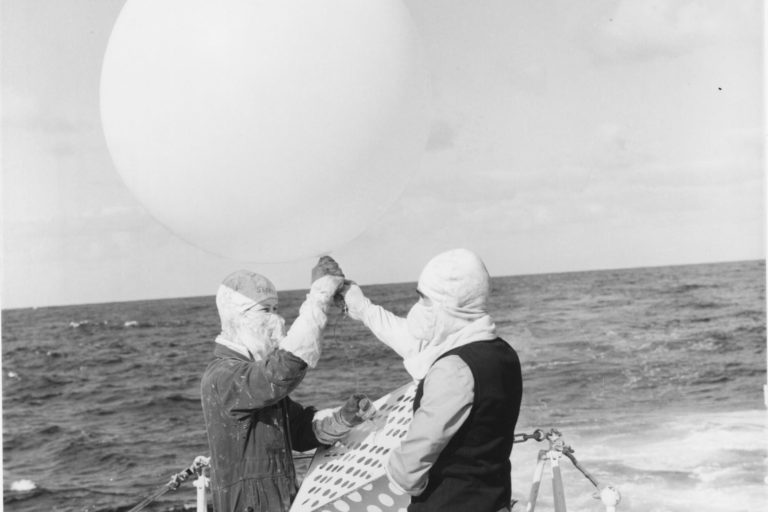


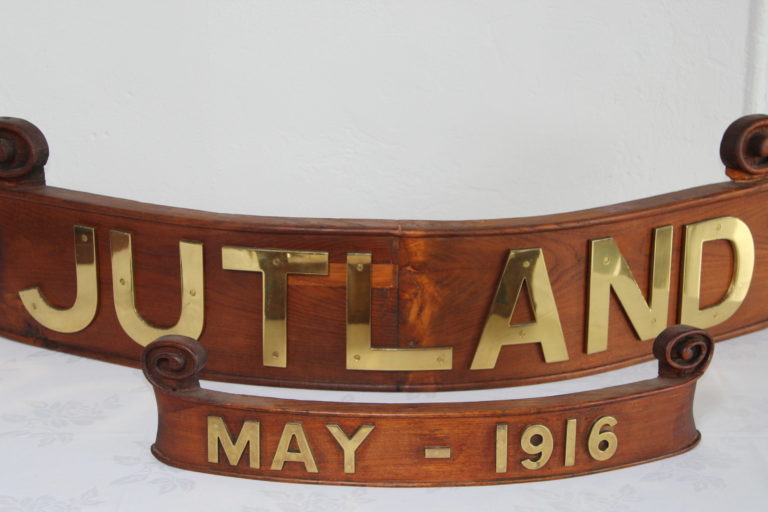
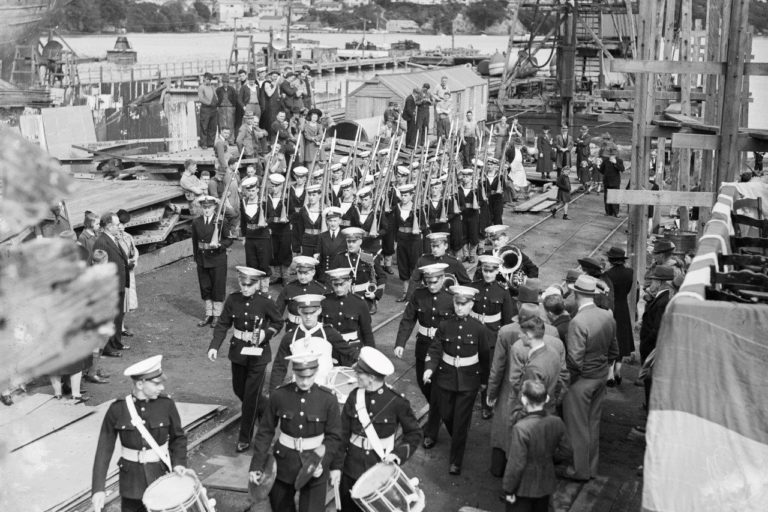
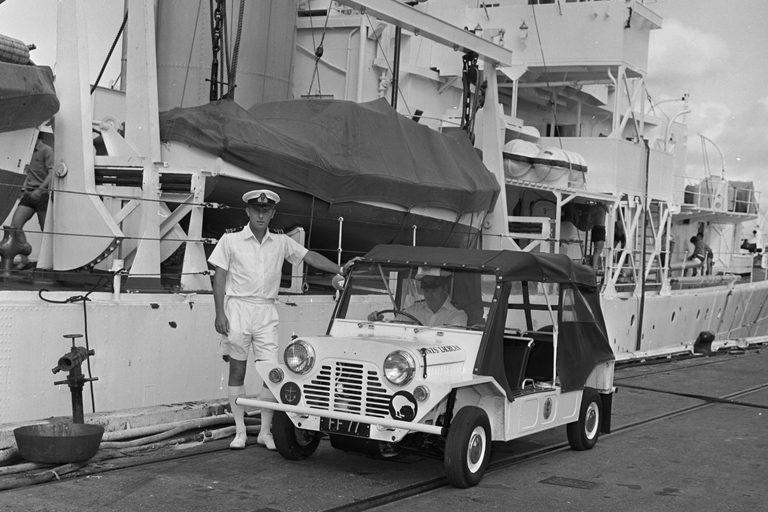
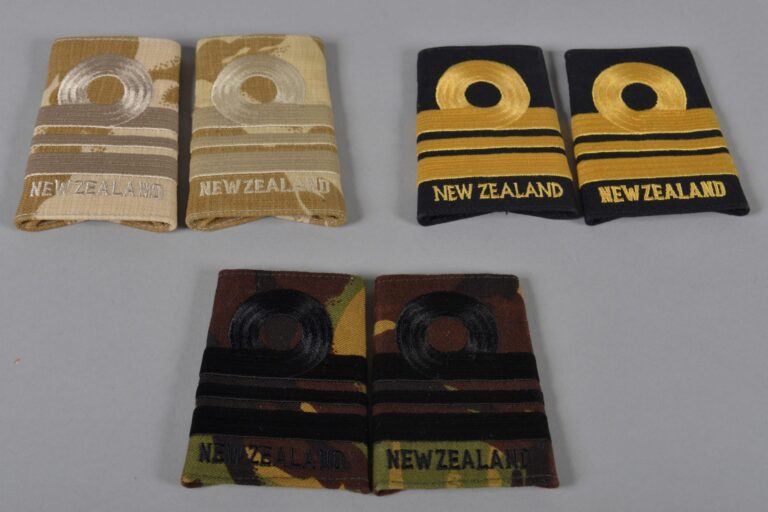
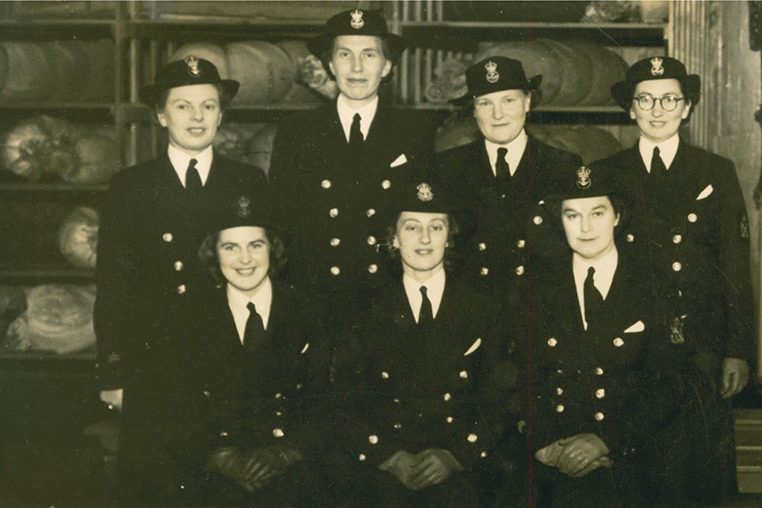
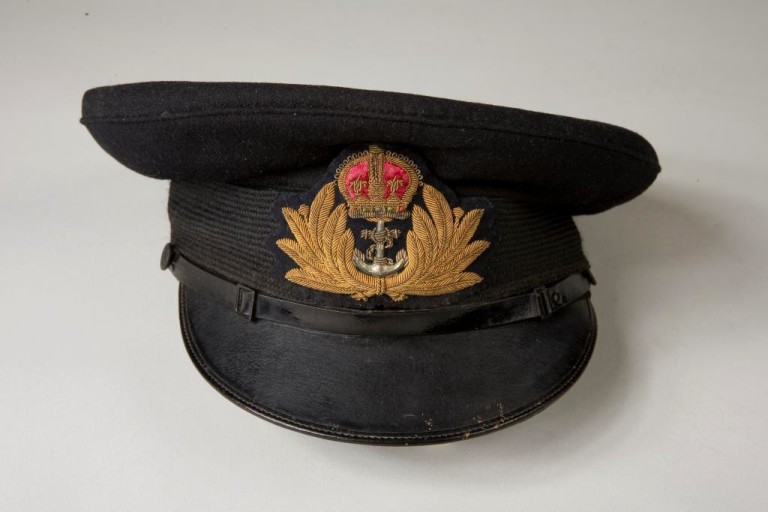
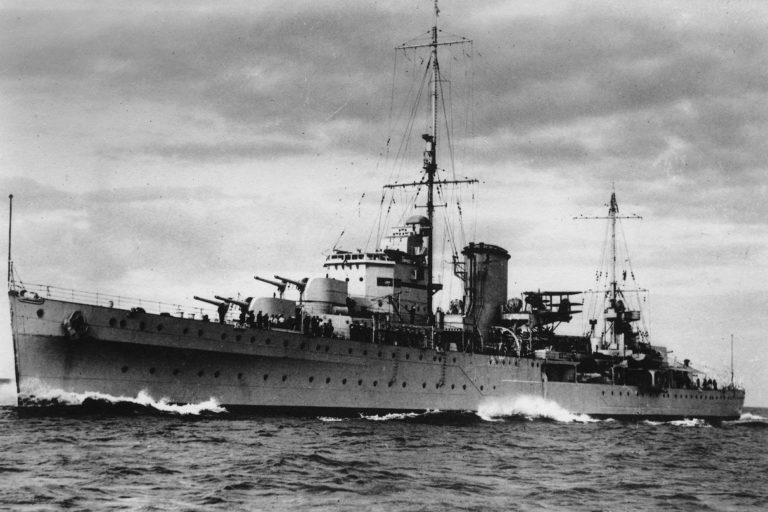
![Amokura Training Ship Amokura [formerly HMS Sparrow]](https://navymuseum.co.nz/wp-content/uploads/amokura.jpg)
